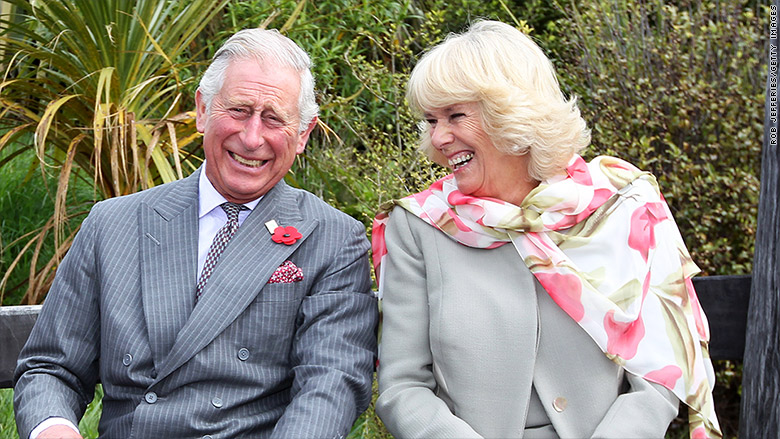If you like putting money into the beaten-down stocks of clinical-stage biotechs, Ziopharm Oncology (NASDAQ:ZIOP) and Celldex Therapeutics (NASDAQ:CLDX) might warrant a look. Ziopharm's share price has dropped more than 25% so far in 2018, while Celldex stock has plunged more than 80%.�
Are either of these two biotech stocks likely to rebound? And, if so, which is the better pick for investors? Here's how Ziopharm and Celldex compare.

Image source: Getty Images.
The case for Ziopharm�A couple of delays have weighed on Ziopharm stock in 2018. The company has been working on completing Chemistry Manufacturing and Control technical requirements for a planned pivotal phase 3 clinical study evaluating gene therapy�Ad-RTS-hIL-12 plus veledimex�in treating�recurrent glioblastoma (rGBM), an aggressive form of brain cancer. The FDA also recently put a clinical hold on a planned phase 1 clinical study of Ziopharm's CD19-targeted chimeric antigen receptor T cell (CAR-T) therapy.�
Are either of these setbacks death knells for Ziopharm? Not really. It's taking a while for the biotech to finalize all of the information needed to move forward with the pivotal phase 3 study of its controlled IL-12 gene therapy, but Ziopharm will finish this task sooner or later. The company should also be able to answer questions for the FDA regarding the CAR-T phase 1 study.
The main reason investors might want to consider buying Ziopharm is the potential for both of its clinical programs. Ad-RTS-hIL-12 has shown the potential to achieve something very important in fighting cancer: making cold tumors become hot. The body's immune system attacks hot tumors, but not cold ones.�
Ziopharm's gene therapy works by promoting the expression of�human interleukin-12 (hIL-12). Interleukins are proteins produced by white blood cells that regulate immune responses. The hIL-12 interleukin activates the immune system's killer T cells and guides them to tumors.
A phase 1 study evaluating the biotech's CAR-T therapy in treating patients with acute myeloid leukemia (AML) that expresses the CD33 antigen is already enrolling patients, while Ziopharm answers the FDA's questions on the planned phase 1 study for its CD19-targeted CAR-T therapy. Both therapies use point-of-care manufacturing that hold the potential to be faster and less expensive than current CAR-T therapies.
After its latest drop, Ziopharm's market cap stands below $430 million. If the company is able to succeed in clinical trials with either of its programs, the biotech stock should skyrocket.
The case for CelldexCelldex has experienced two crushing failures over the last couple of years. In 2016, Rintega flopped in a phase 3 clinical study targeting treatment of�glioblastoma. Celldex's next best hope,�glembatumumab vedotin (glemba), failed to meet the primary endpoint in a pivotal study targeting treatment of�triple-negative breast cancer (TNBC).
After swinging and missing twice, does Celldex have anything left in the pipeline that could succeed? Most clinical-stage biotechs would be out after two strikes. Celldex, however, still has four candidates in clinical testing.
Varlilumab (varli) is being evaluated in a phase 2 study in combination with Bristol-Myers Squibb's Opdivo in treating several types of cancer. Celldex reported data at the American Society of Clinical Oncology (ASCO) meeting in early June that showed promise for the combination of the two drugs in turning cold tumors hot.��
Celldex's�CDX-3379 is also in a phase 2 study in combination with Eli Lilly's chemotherapy Erbitux in treating�advanced head and neck squamous cell cancer. This study is still in its early stages.
The biotech also has a couple of candidates in phase 1 clinical testing. CDX-1140 is being evaluated in treating several types of solid tumors. The company's other early-stage program, CDX-301, is in an investigator-initiated study with radiation therapy targeting treatment of advanced non-small cell lung cancer (NSCLC).�Celldex thinks both CDX-1140 and CDX-301 could have potential in combination with varli.�
The huge setbacks for Rintega and glemba devastated Celldex's market cap. Any positive news for its pipeline candidates would likely cause the biotech stock to soar.
Better buyThere's a four-letter word associated with both of these biotech stocks: R-I-S-K. Celldex has already proven just how risky a clinical-stage biotech can be. However, Ziopharm also faces a significant risk of failure with its pipeline candidates. Because of these risks, I don't think either of these stocks is a good pick for most investors.
If I had to choose one of them, though, I'd go with Ziopharm since it's farther along in clinical development. Still, the biotech only had $51 million in cash and cash equivalents at the end of the first quarter. That should be enough to fund operations into the first half of 2019. However, Ziopharm will almost certainly need to issue more shares -- and therefore dilute the value of existing shares -- prior to then.
With a great deal of risk remaining for its pipeline, and this prospect of dilution on the way, I would recommend watching Ziopharm from the sidelines even though it's arguably the better buy between these two beaten-down biotech stocks.�
 The Duke and Duchess of Cambridge, and the Duke of Sussex.
The Duke and Duchess of Cambridge, and the Duke of Sussex.  Prince Charles and his wife Camilla, the Duchess of Cornwall.
Prince Charles and his wife Camilla, the Duchess of Cornwall. 

 Cross Country Healthcare (NASDAQ:CCRN) was upgraded by stock analysts at ValuEngine from a “sell” rating to a “hold” rating in a research note issued on Wednesday.
Cross Country Healthcare (NASDAQ:CCRN) was upgraded by stock analysts at ValuEngine from a “sell” rating to a “hold” rating in a research note issued on Wednesday.